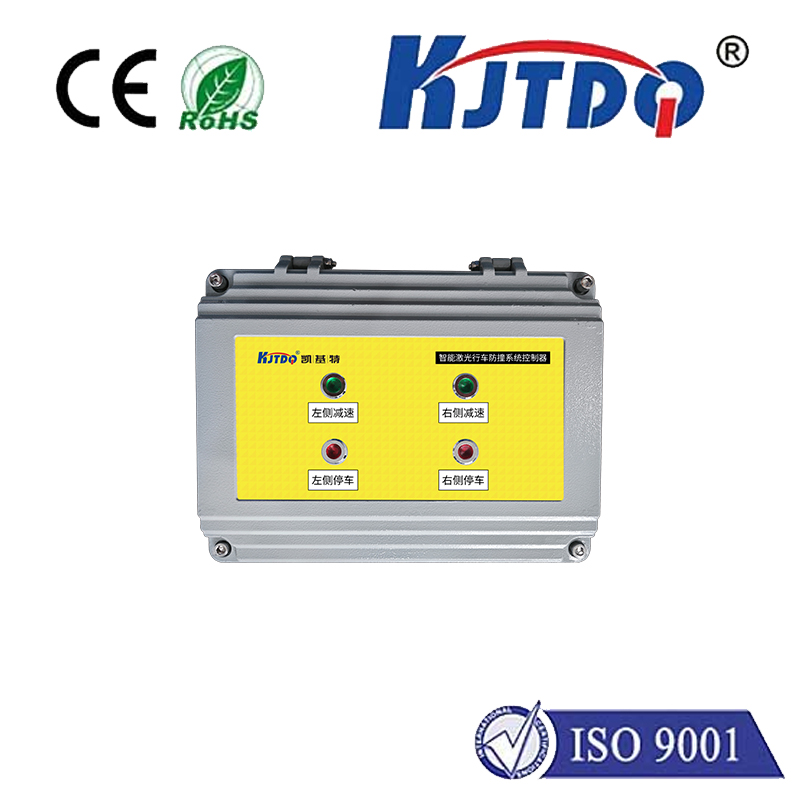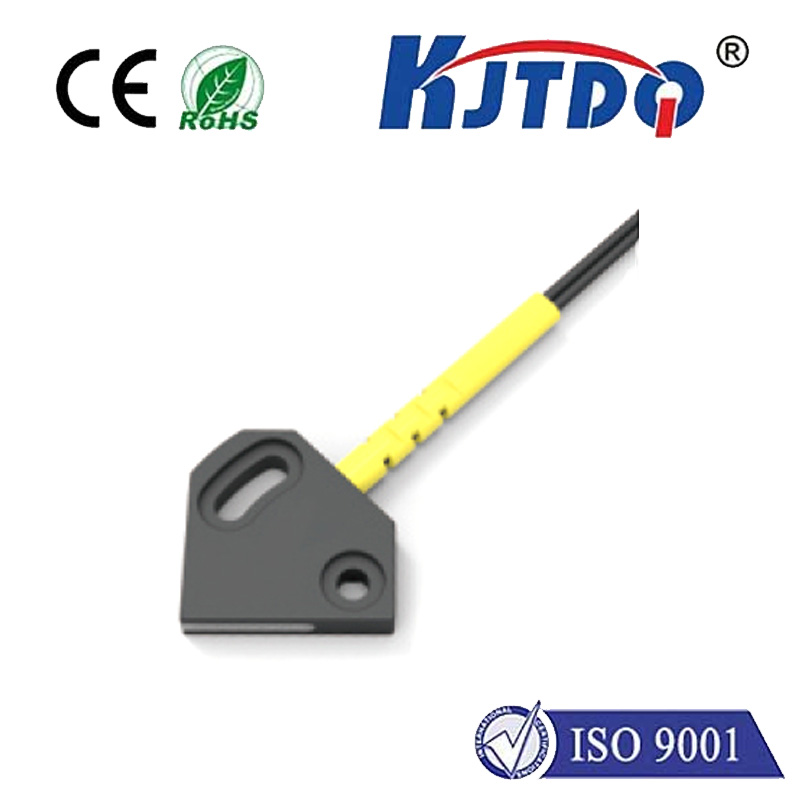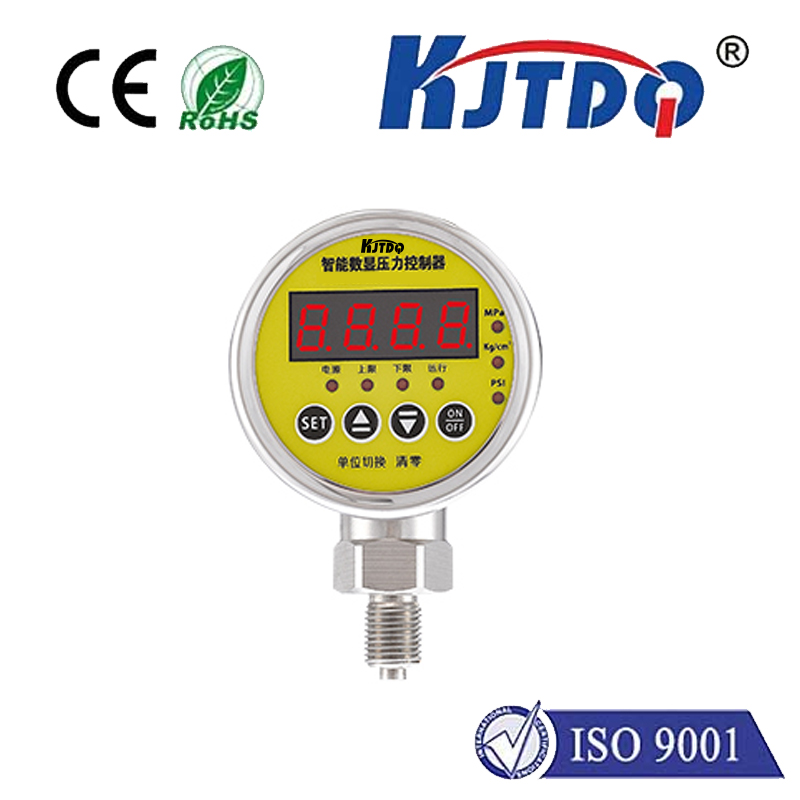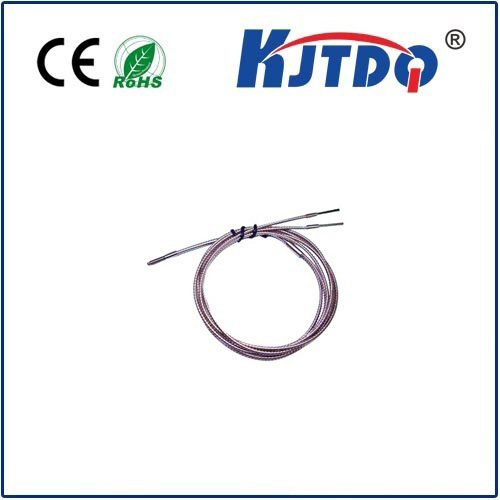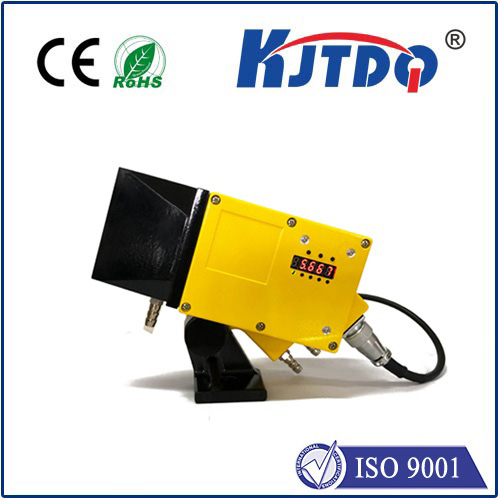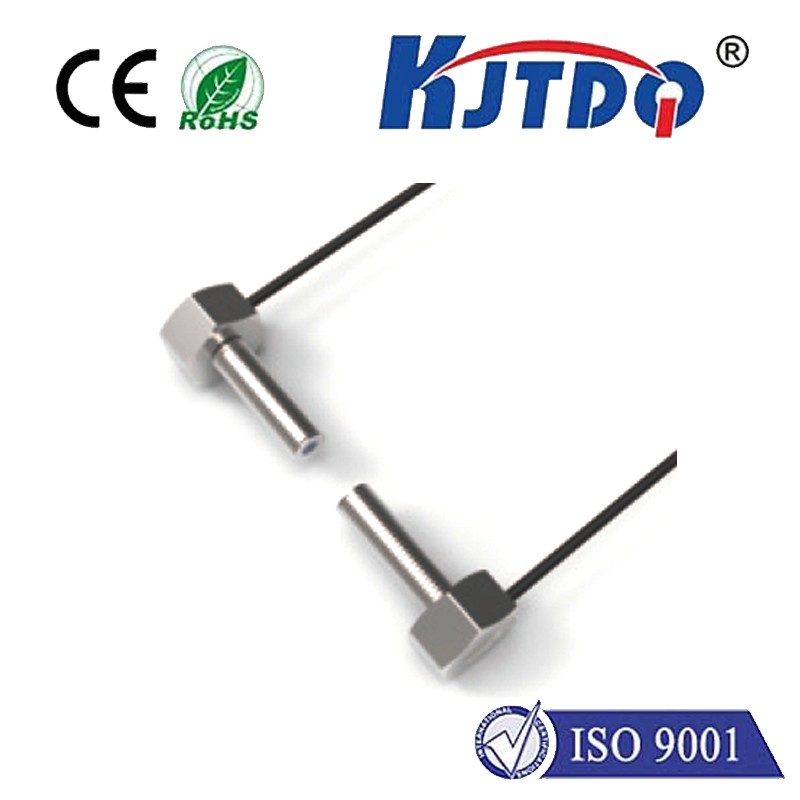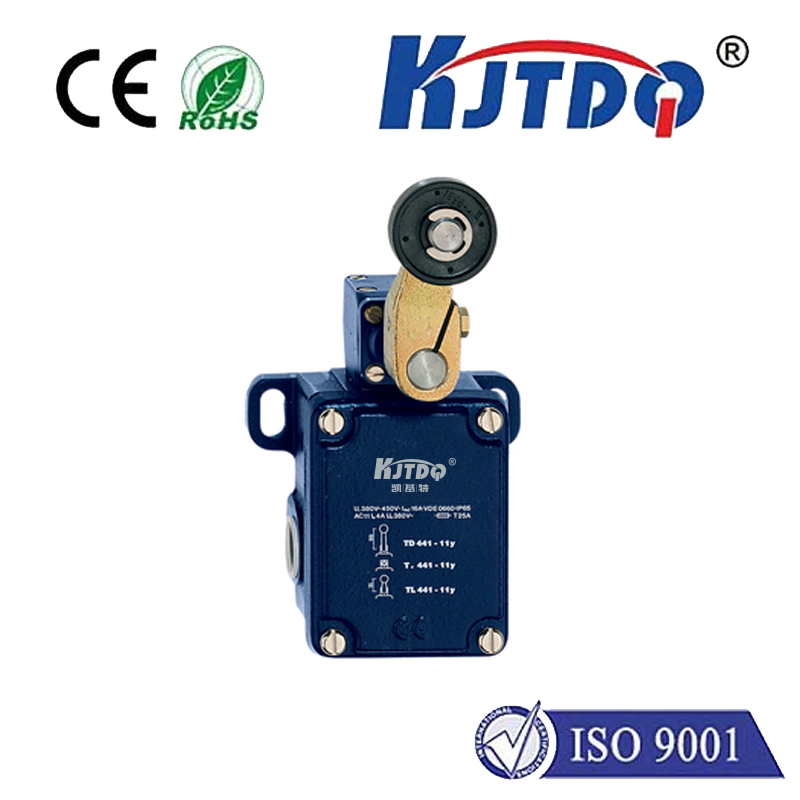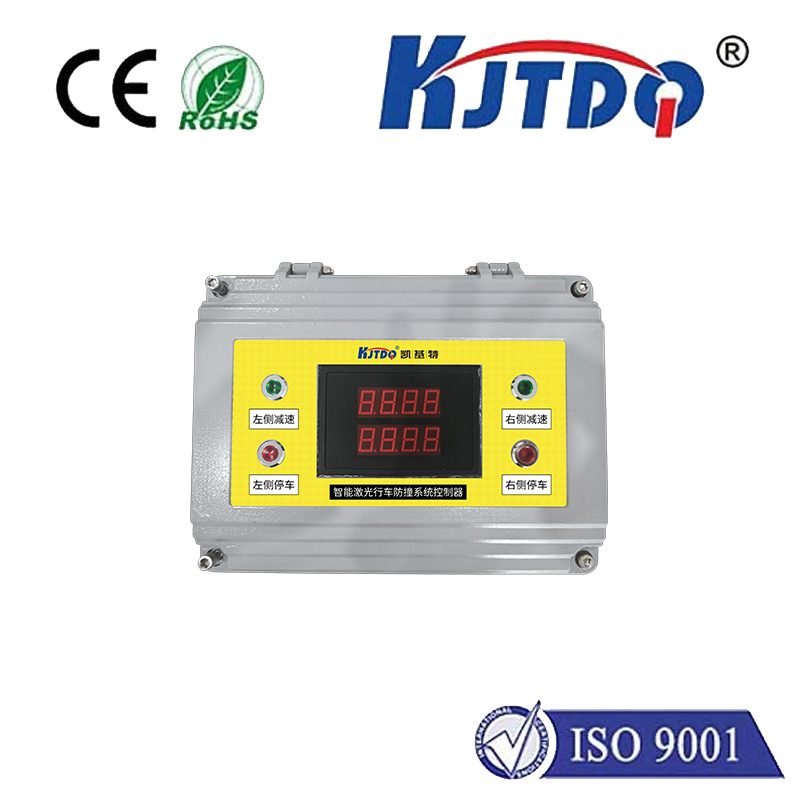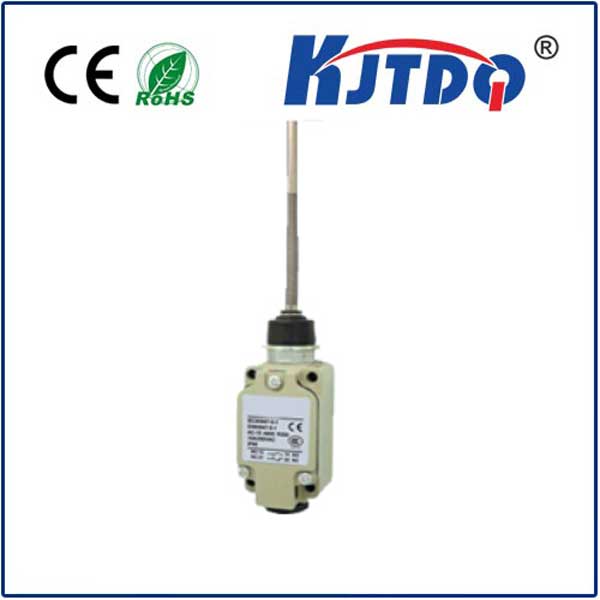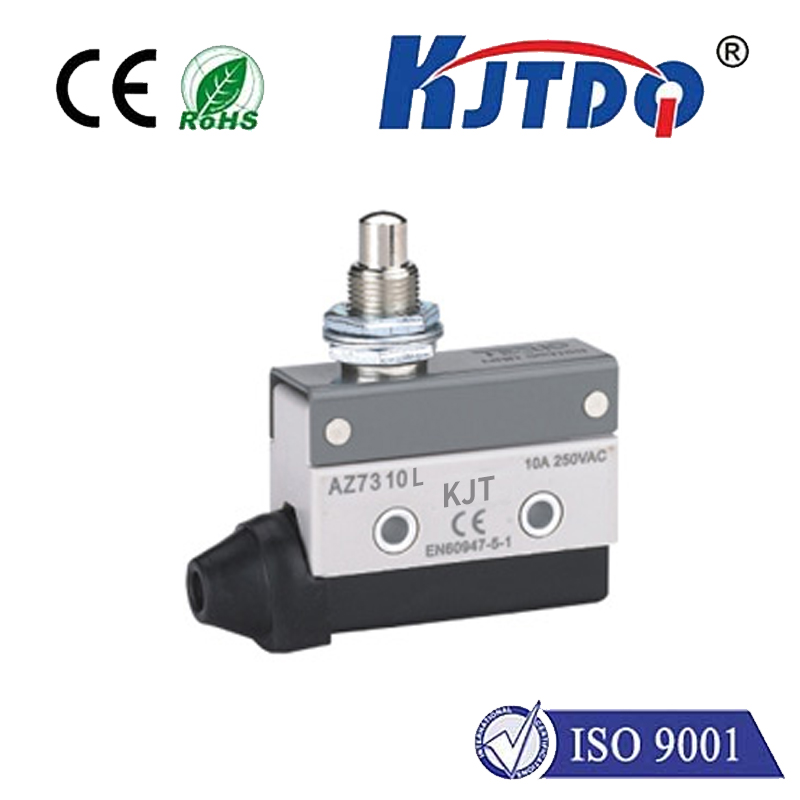

check

check

check

check
Smart and Accurate: The Future of Structural Monitoring with FU-R6F Optical Fiber Sensor
In today’s rapidly evolving technological landscape, the need for reliable and efficient monitoring systems has never been greater. Among the latest innovations in this field, the FU-R6F optical fiber sensor stands out as a groundbreaking solution for structural health monitoring. This sensor leverages the unique properties of optical fibers to provide real-time data on mechanical stress, strain, and temperature changes, making it an essential tool in civil engineering, aerospace, and industrial applications.
The FU-R6F optical fiber sensor is designed to detect minute changes in physical conditions, offering unparalleled accuracy and durability. Unlike traditional sensors that often require frequent recalibration or replacement, the FU-R6F sensor is built to last, ensuring long-term reliability without the need for constant maintenance. Its construction includes a fiber optic cable that can withstand extreme environmental conditions, including high temperatures, humidity, and mechanical stress, making it suitable for use in challenging environments.

One of the most significant advantages of the FU-R6F sensor is its ability to provide continuous, real-time data. This feature allows for early detection of potential structural issues, such as cracks or deformations, which can be critical for preventing catastrophic failures. By continuously monitoring the structural integrity of buildings, bridges, and other critical infrastructure, the sensor plays a vital role in ensuring safety and reducing the risk of disaster.
Another key benefit of the FU-R6F sensor is its integration with modern monitoring systems. The sensor can be easily connected to data acquisition systems, enabling seamless data collection and analysis. This integration allows engineers and technicians to monitor structural conditions remotely, reducing the need for on-site inspections and improving operational efficiency.
The FU-R6F sensor is also highly versatile, capable of being deployed in a wide range of applications. Whether it’s monitoring the structural integrity of a bridge, tracking temperature changes in a data center, or detecting stress in a high-precision manufacturing process, the sensor offers a flexible and scalable solution. Its compatibility with various communication protocols ensures that it can be integrated into existing infrastructure without requiring major modifications.
In addition to its technical advantages, the FU-R6F sensor represents a significant advancement in the field of smart infrastructure. By combining the high sensitivity of optical fibers with advanced signal processing technology, the sensor enables precise and reliable measurements. This advancement not only enhances the accuracy of monitoring systems but also contributes to the development of more intelligent and responsive infrastructure.
As the demand for sustainable and safe infrastructure grows, the FU-R6F optical fiber sensor is emerging as a key player in the industry. Its ability to provide real-time, accurate data, coupled with its durability and versatility, makes it an ideal choice for a wide range of applications. Whether it’s in the construction of new buildings, the maintenance of existing structures, or the monitoring of industrial facilities, the FU-R6F sensor is setting the standard for precision and reliability in structural monitoring.
In conclusion, the FU-R6F optical fiber sensor is not just a technological advancement—it is a transformative tool that redefines the way we monitor and maintain infrastructure. Its combination of accuracy, durability, and versatility makes it an essential component of modern engineering practices. As the field of smart infrastructure continues to evolve, the FU-R6F sensor will play an increasingly important role in ensuring the safety and longevity of our built environment.
